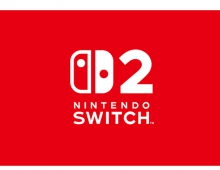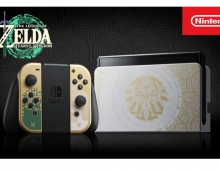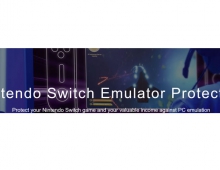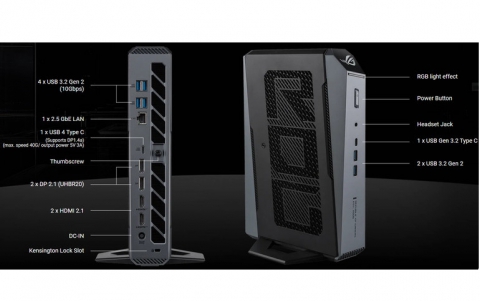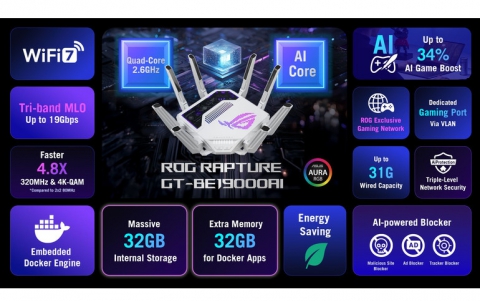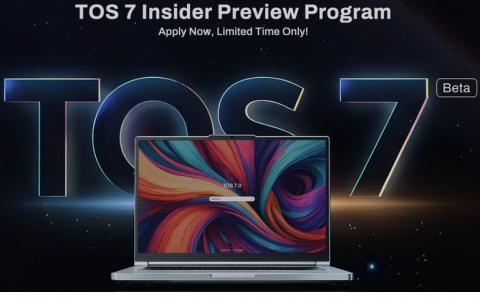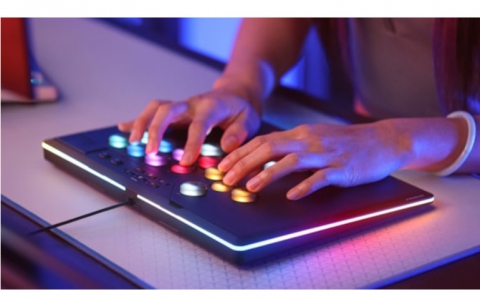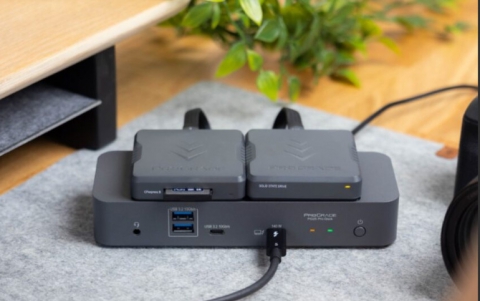
Nintendo DS Sets the Standard for Hand-Held Video Games
No story about hand-held video games is complete without Nintendo, the hand-held leader for more than 15 years.
The new Nintendo DS(TM) system is igniting the imaginations of the video game community and taking portable video games in a whole new direction.
Nintendo DS boasts two crystal-clear screens -- one a touch screen -- proving two are better than one. Its battery lasts an entire flight from Los Angeles to New York. DS can stand up to some tough punishment. Drop it, bump it. It doesn't matter. Nintendo DS has no moving parts, so game play won't be affected. The clamshell design protects both screens from scratches when it gets tossed into your briefcase, backpack or pocket. And by the end of the year, Nintendo will offer free Wi-Fi connection service for Nintendo DS owners to link with other players across the country and around the world.
Following subsequent launches in Japan, Europe and Australia, Nintendo is on track to ship 6 million systems worldwide by the end of March. At the same time, approximately 20 games in every genre will exist for Nintendo DS, with more than 100 more in development from major developers worldwide. Once again, Nintendo has set the standard against which all hand-held video game devices are judged.
Below, find the facts about Nintendo DS that make it a product of distinction:
Launch date and MSRP: Nov. 21, 2004, in North America ($149.99), Dec. 2, 2004, in Japan (15,000 Yen), March 11, 2005, in Europe (GBP 99.99) and Australia ($199.95).
Battery & Power Management: The rechargeable lithium ion battery delivers six to 10 hours of play on a four-hour charge, depending on use.
Dual Screens: The top screen is a backlit, 3-inch, semitransparent reflective TFT color LCD with 256 x 192 pixel resolution and .24 mm dot pitch, capable of displaying 260,000 colors. The bottom screen has the same specs as the top screen, plus a transparent analog touch screen.
Microphone: The built-in mic allows players to blow or clap to cause various reactions on the screens. Other games make use of voice-recognition abilities.
Wireless: Nintendo DS uses two kinds of wireless communication. The first, Nintendo's proprietary format, lets players chat or play wirelessly in a range of 30 to 100 feet, depending on circumstances. Nintendo DS also uses IEEE 802.11 Wi-Fi protocols.
Game Sharing: Depending on the game, multiple players can compete in wireless play, even if only one person has a game card inserted.
Sound: Hear beautiful, 16-channel virtual surround sound through the two speakers or use the headphone plug.
Dual Slots: Nintendo DS is backward compatible with Game Boy(R) Advance SP games. A second game slot plays the vast library of hundreds of GBA SP games.
Processing: The unit runs on two processors, one ARM9 and one ARM7.
Size: When closed, the attractive system is 148.7 millimeters (5.85 inches) wide, 84.7 millimeters (3.33 inches) long and 28.9 millimeters (1.13 inches) tall.
Other features: The embedded PictoChat(TM) chatting and drawing communication feature allows up to 16 users to chat at once. Nintendo DS also includes a clock, calendar and alarm.
Nintendo DS boasts two crystal-clear screens -- one a touch screen -- proving two are better than one. Its battery lasts an entire flight from Los Angeles to New York. DS can stand up to some tough punishment. Drop it, bump it. It doesn't matter. Nintendo DS has no moving parts, so game play won't be affected. The clamshell design protects both screens from scratches when it gets tossed into your briefcase, backpack or pocket. And by the end of the year, Nintendo will offer free Wi-Fi connection service for Nintendo DS owners to link with other players across the country and around the world.
Following subsequent launches in Japan, Europe and Australia, Nintendo is on track to ship 6 million systems worldwide by the end of March. At the same time, approximately 20 games in every genre will exist for Nintendo DS, with more than 100 more in development from major developers worldwide. Once again, Nintendo has set the standard against which all hand-held video game devices are judged.
Below, find the facts about Nintendo DS that make it a product of distinction:
Launch date and MSRP: Nov. 21, 2004, in North America ($149.99), Dec. 2, 2004, in Japan (15,000 Yen), March 11, 2005, in Europe (GBP 99.99) and Australia ($199.95).
Battery & Power Management: The rechargeable lithium ion battery delivers six to 10 hours of play on a four-hour charge, depending on use.
Dual Screens: The top screen is a backlit, 3-inch, semitransparent reflective TFT color LCD with 256 x 192 pixel resolution and .24 mm dot pitch, capable of displaying 260,000 colors. The bottom screen has the same specs as the top screen, plus a transparent analog touch screen.
Microphone: The built-in mic allows players to blow or clap to cause various reactions on the screens. Other games make use of voice-recognition abilities.
Wireless: Nintendo DS uses two kinds of wireless communication. The first, Nintendo's proprietary format, lets players chat or play wirelessly in a range of 30 to 100 feet, depending on circumstances. Nintendo DS also uses IEEE 802.11 Wi-Fi protocols.
Game Sharing: Depending on the game, multiple players can compete in wireless play, even if only one person has a game card inserted.
Sound: Hear beautiful, 16-channel virtual surround sound through the two speakers or use the headphone plug.
Dual Slots: Nintendo DS is backward compatible with Game Boy(R) Advance SP games. A second game slot plays the vast library of hundreds of GBA SP games.
Processing: The unit runs on two processors, one ARM9 and one ARM7.
Size: When closed, the attractive system is 148.7 millimeters (5.85 inches) wide, 84.7 millimeters (3.33 inches) long and 28.9 millimeters (1.13 inches) tall.
Other features: The embedded PictoChat(TM) chatting and drawing communication feature allows up to 16 users to chat at once. Nintendo DS also includes a clock, calendar and alarm.



